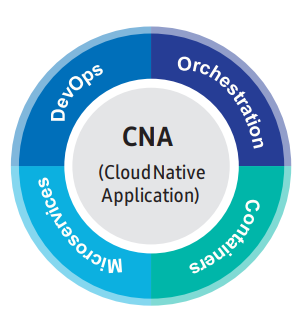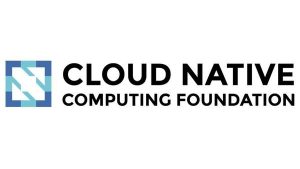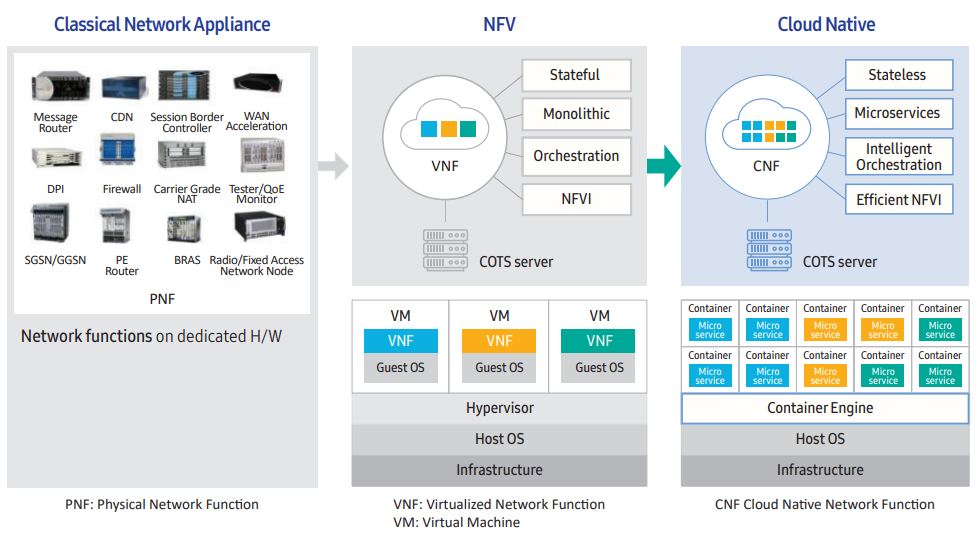What is Cloud Native?
In general, “cloud-native” is an approach to building and running applications that exploit the advantages of the cloud computing model. One key attribute of “cloud-native” is how the system creates and deploys applications. According to the definition of CNCF, “cloud-native” means that an application is containerized and uses an open-source software stack.

As per CNCF, “Cloud native computing uses an open-source software stack to deploy applications as microservices, packaging each part into its own container, and dynamically orchestrating those containers to optimize resource utilization. Cloud-native technologies enable software developers to build great products faster”
 A cloud-native application (CNA) is developed as loosely coupled microservices to improve agility and manageability. Each microservice is packaged in a container, and a central dynamic orchestrator schedule the containers to efficiently manage server resources and reduce operational costs.
A cloud-native application (CNA) is developed as loosely coupled microservices to improve agility and manageability. Each microservice is packaged in a container, and a central dynamic orchestrator schedule the containers to efficiently manage server resources and reduce operational costs.
CNAs also require a DevOps environment. DevOps refers to a type of development or operations methodology that integrates software development and IT operations. Traditionally, the development team tried to improve services by adding new features, while the operation team was reluctant to change to preserve reliable service operations.
Cloud-Native Enablers
- Orchestration
- Externalized clustering, load balancing, and connectivity management.
- Platform-as-a-Service (PaaS)
- Logging, Tracing, Performance Monitoring, API Management, and much more.
- HTTP APIs
- Standardized integration technology.
- Stateless Applications
- Ease of Life Cycle Management.
- Containers
- Dynamic orchestration tools, fast instantiation, the efficient deployment unit.
Why Cloud-Native
As the operator’s business paradigm shifts to service-oriented businesses, the challenge faced by network operators preparing for the 5G era is to build an environment in which they can launch services promptly and upgrade the services frequently, as influenced by market demands.

Telco operators began introducing the Network Functions Virtualization (NFV) environment to reduce CAPEX and boost service agility. With the transformation to NFV allowing network functions to run as software on COTS servers, operators have been able to manage network capacity and optimize CAPEX to accommodate traffic/subscriber growth. On the other hand, the complexity of network operations has increased due to vendor-specific solutions that manage their implementations of Virtualized Network Functions (VNFs).
In the 5G era, where everything from small sensors to high-speed automobiles is connected, innovation is a key factor in the network transformation. As the 5G radio provides not only eMBB but also URLLC and mMTC connectivity, the 5G core environment undergoes significant changes.
A cloud-native 5GC is necessary to meet market demands in the form of new and distributed capabilities, and deliver faster time to market, but also to achieve improved total cost of ownership (TCO).
So 5G Core must:
- Process a substantially higher volume of traffic.
- Reliably and quickly create connections that meet strict service level agreements.
- Support massively more Internet of Things connectivity.
References:
- Technical Report, 5G Core Vision Samsung 5G Core Vol.1.
- Technical Report, 5G Core Vision Samsung 5G Core Vol.2.
- White Paper, Unlock 5G’s True Potential with Proven 5G Core.
- White Paper, Your guide to building a cloud-native 5G Core.
- Webinar, Cloud Native Applications in a Telco World.
